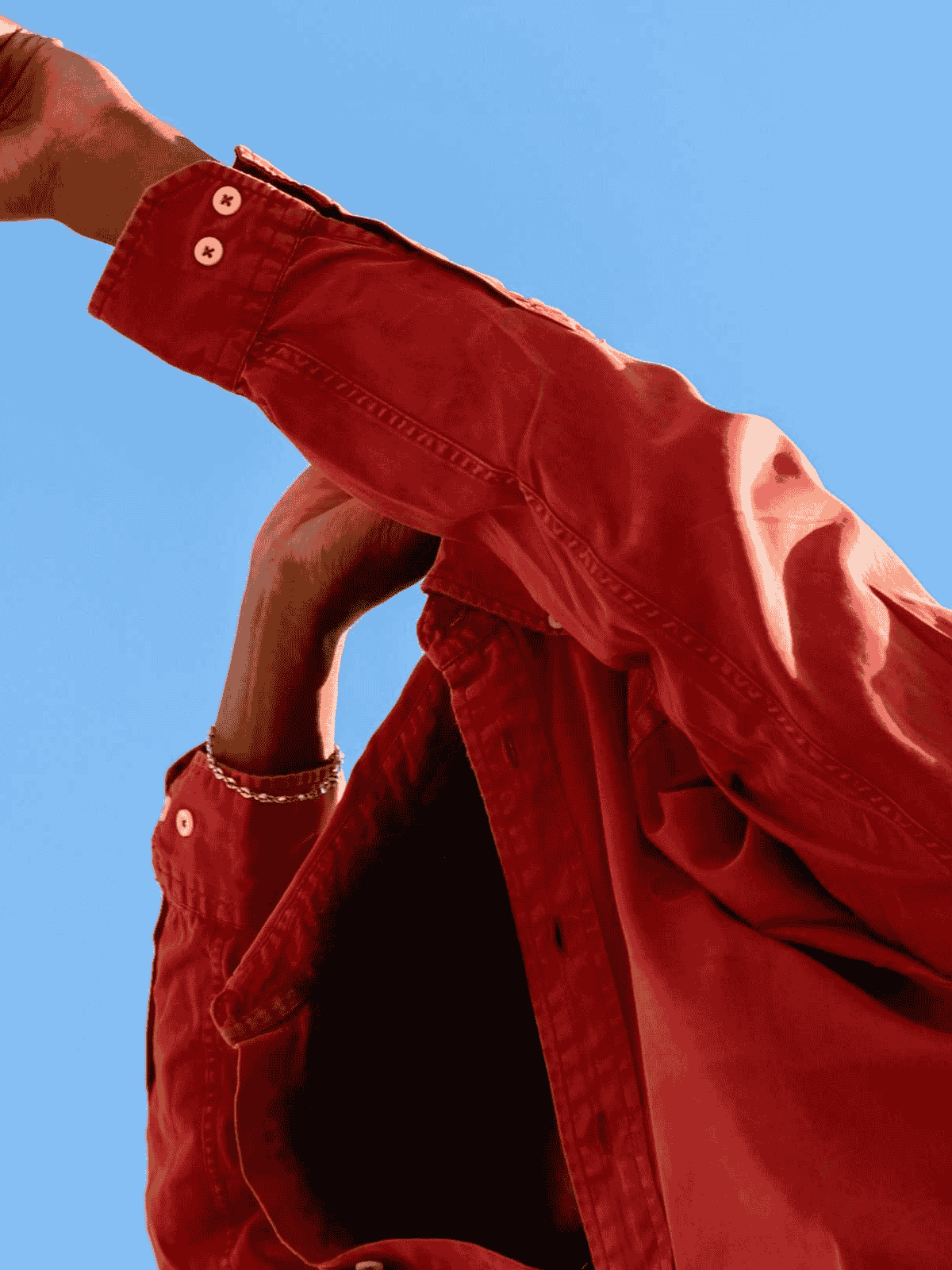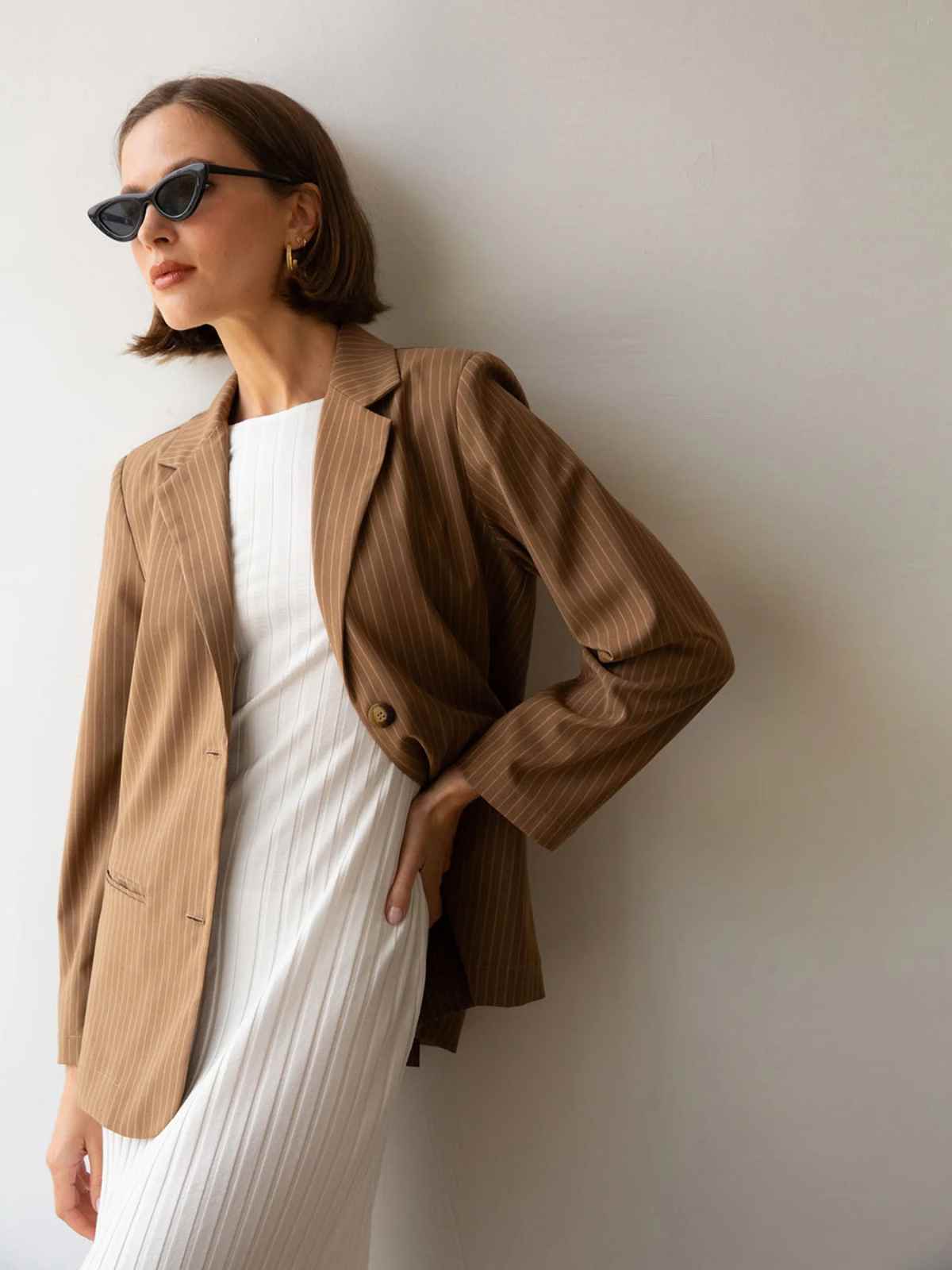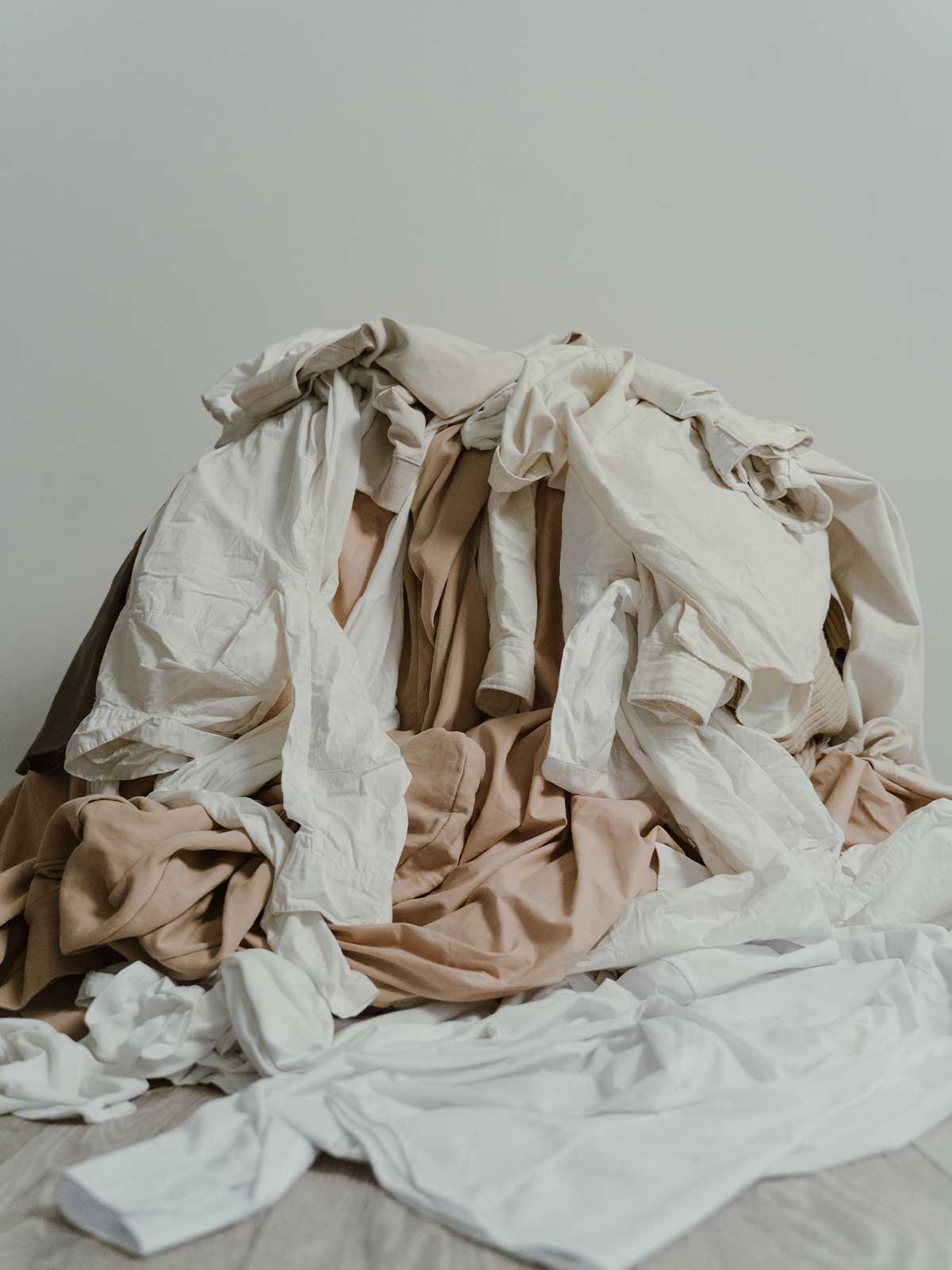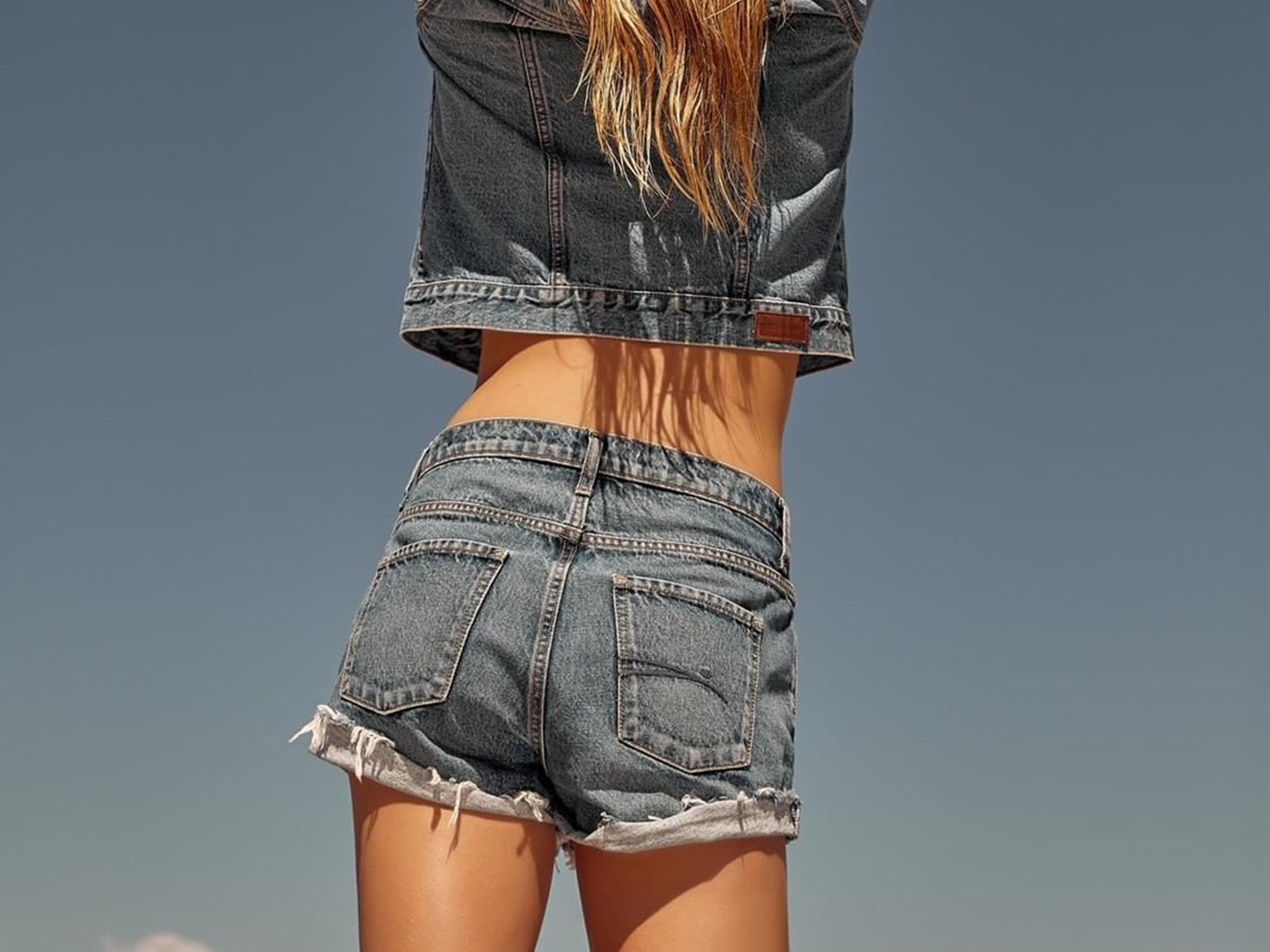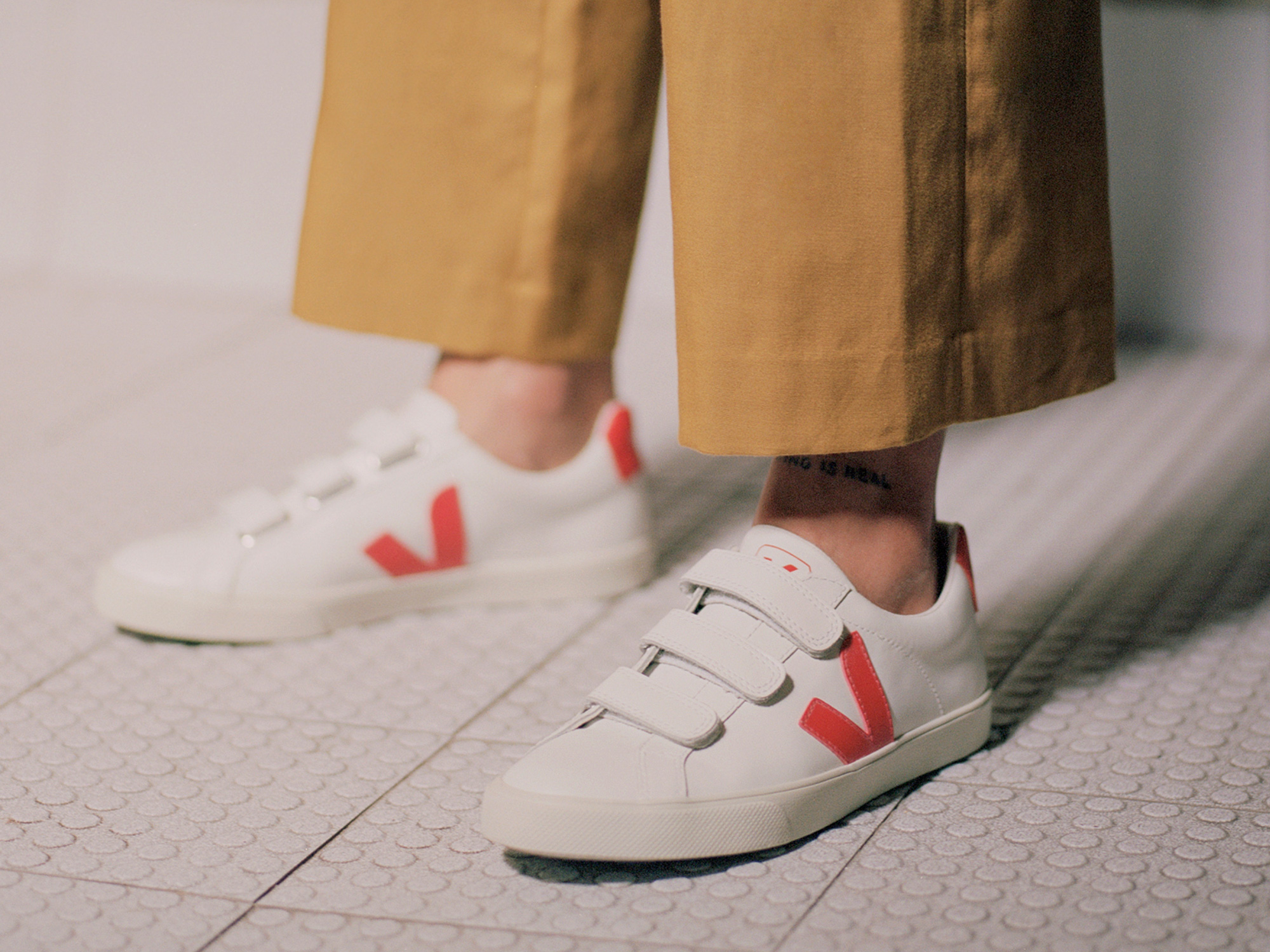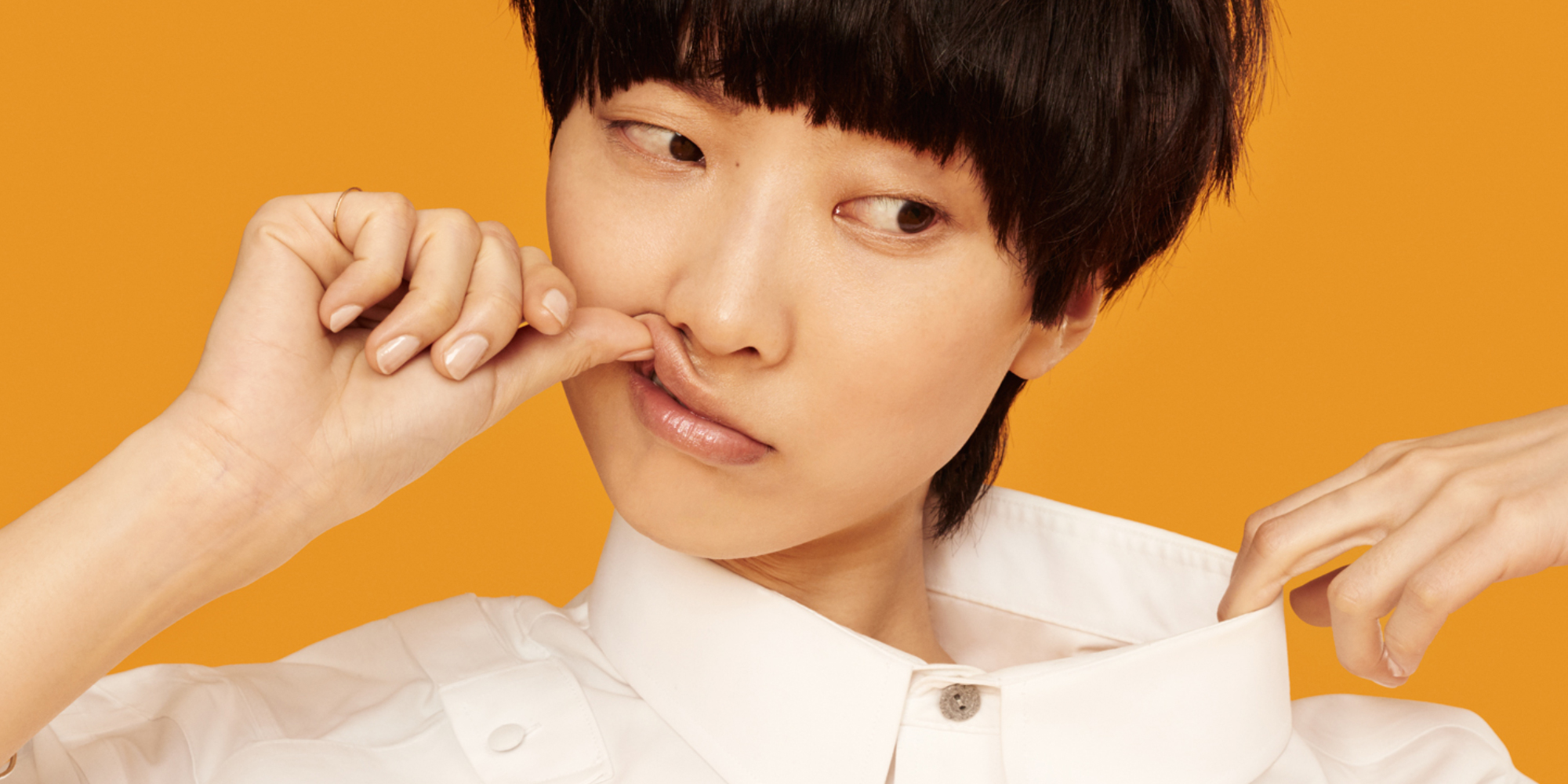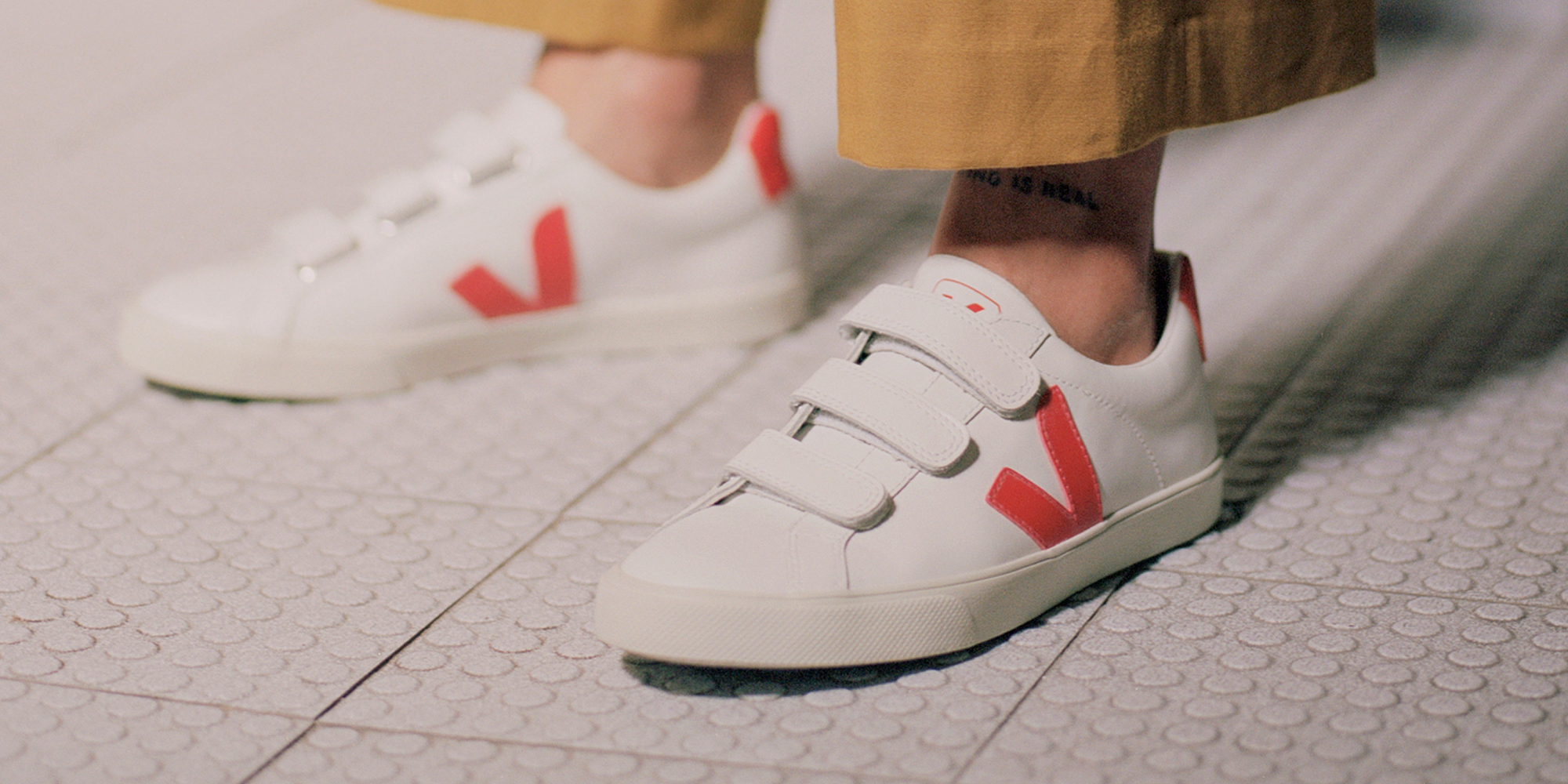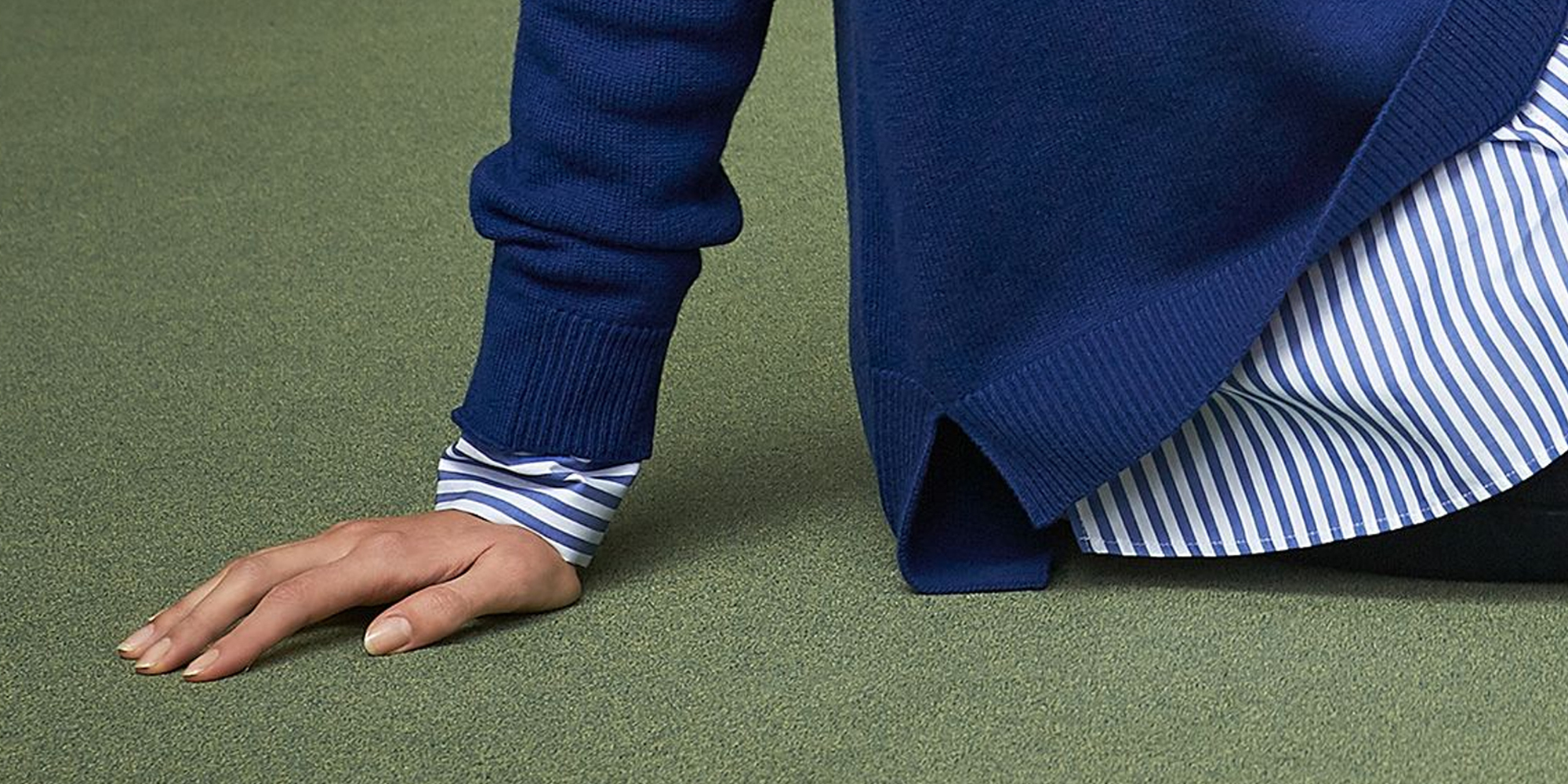This is a sponsored article about a nonprofit media platform that promotes sustainable values. Learn more about our partnerships.
When you’re confronted with the myriad of sustainability issues created by the fashion industry, it’s hard to know where and how to start making a change. For Arizona Muse, it’s using her platform as a model to encourage others to think more about the impact of their wardrobes and choices, and in particular, to think about the origins of the materials they’re wearing. And in a new collaboration with climate storytelling platform Imagine5, Muse details her inspiring journey, plus some handy tips she’s learned along the way. Here are the highlights.
How Arizona Muse found her way to sustainability
“Worms can eat this!” says Arizona Muse, holding up a sweater from her closet. She’s showcasing clothes made more sustainably, and this one, she explains, is made from plant-dyed, unblended regenerative wool. It’s all part of Muse’s latest project in partnership with Imagine5—a nonprofit environmental storytelling platform—in which she shares her journey from modelling to activism, and how she’s transformed her wardrobe into a more responsible one in the process.
You see, just a few years ago, Muse had hit a wall. After years of working as a successful model, appearing on Vogue covers, and travelling the world to walk the runways of Marc Jacobs, Hervé Leger, Prada, and more, Muse found herself questioning whether all this was the life she desired. “I wasn’t getting the adrenaline from the wins anymore. I started to question everything. Do I even like this? Is this for me?” Indeed, finding the right recipe for a fulfilling life and career can take years of thinking and experimenting, and it’s a feeling so many of us are familiar with.
Muse’s answer played out by combining two of the biggest things in her life: fashion, and learning about biodiversity and the climate. And that’s where those worms come in—or more specifically, the soil they live in.
“Our clothes are grown in soil. By farmers. I didn’t grow up thinking about that or thanking the farmers… When you build life back into soil, we give the Earth the ability to sequester carbon, do healthy water management. Therefore, fashion needs to start supporting soil regeneration.” Working with soil, then, became Muse’s driver—the area she felt she could have the biggest impact—and it’s what prompted her to found Dirt, a charity dedicated to supporting biodynamic and regenerative agriculture. “I’m raising awareness of the people who grow our clothes,” she explains.
Since creating Dirt, Muse has become a prominent champion of more sustainable fashion—she sits on the board of The Sustainable Angle, is an oceans ambassador for Greenpeace, was Aveda’s first Sustainability Advocate, and consults with businesses on how to implement better practices. With that, Muse has also discovered the joy of dressing more sustainably, being more discerning about the clothes she wears, and understanding what has gone into the making of every piece. Here, she shares five tips she’s learned along the way about approaching fashion more responsibly.
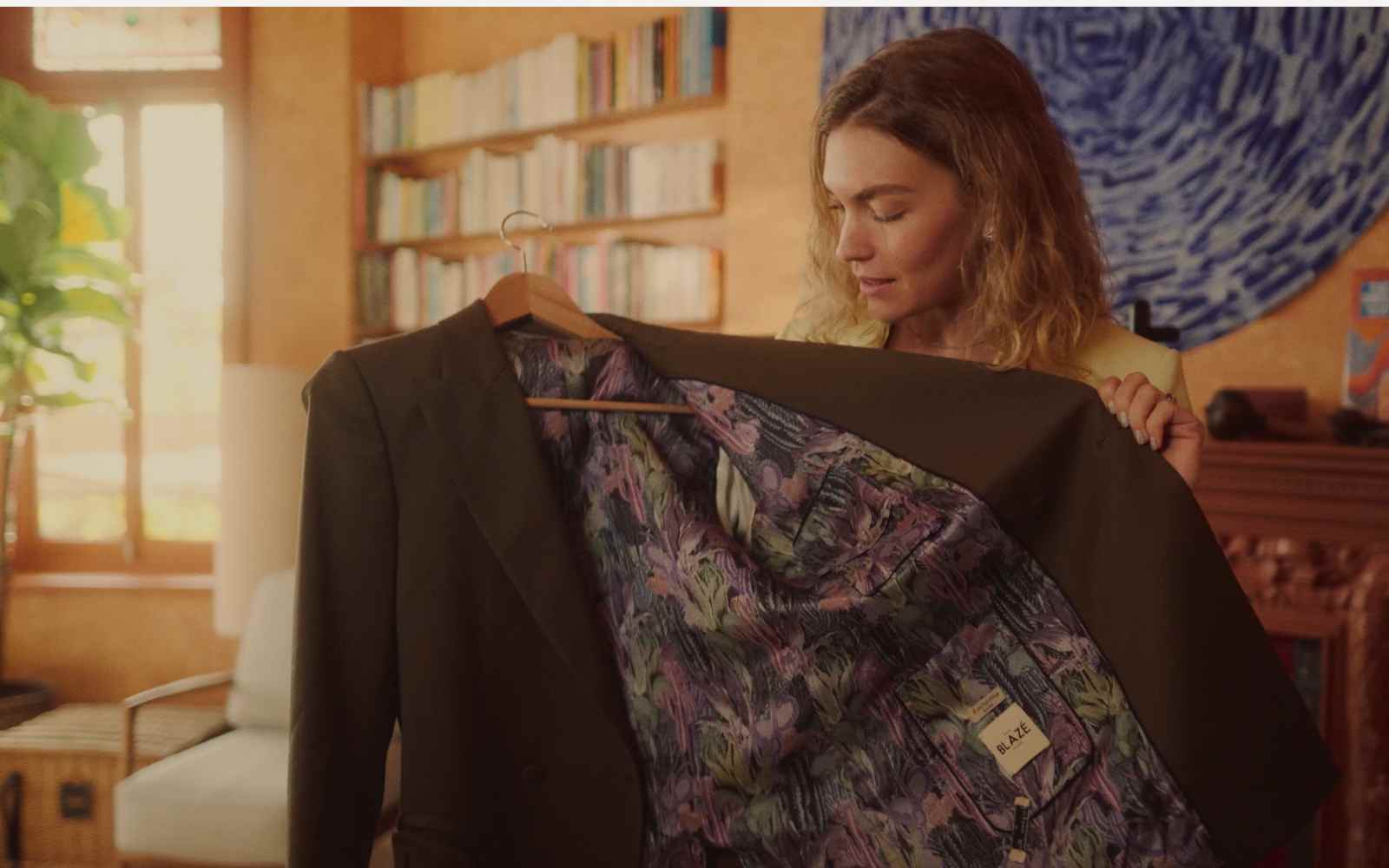
Arizona Muse showcasing items from her more sustainable wardrobe, in a video made in partnership with Imagine5
Know that sustainable style isn’t about scarcity
“My style has improved a lot since I became more sustainable. I care more now about what I wear. It doesn’t feel like a world of denial and ‘less than’—it’s enriching to live a more sustainable life,” Muse says as she sifts through the clothes she’s collected over time, paying attention to their makers and the aesthetic that fits into her personal style.
Be active with your policymakers
“Write to them. Tell that you care about laws that protect the planet from the devastation of the fashion industry. We can make regulations that mean all fashion brands have to keep a better, higher sustainability standard.”
Think of your wardrobe as a story told through lower impact materials
“I talk a lot about materials and what these clothes are all made of, because that’s the story of my closet. There’s a big story to unearth in your closet, too,” Muse explains, noting how lovely it is to be able to respond to an outfit compliment by explaining a material’s origins. Muse highlights trousers made from unblended wool and a set made from linen, amongst other items.
Garment labels are important—read them on everything you’re buying
“Understand what those words mean on the label: what does 68% viscose mean? Google it, and you can find out.” Armed with this knowledge, you’ll be able to take better care of your clothes and keep them long into the future.
You don’t need to buy new clothes to have a great wardrobe
“Buying secondhand is an easy way to have a more sustainable wardrobe. And swapping, reusing and trading clothes with your friends is really fun.” On the flipside, your clothes could be someone’s next beloved piece: “Don’t throw clothes in the bin—they need to have many, many lives. Hand them down, find someone who loves them, or give them to a charity shop—and make sure they’re presentable when you do.”


